|
Hanthorpe House
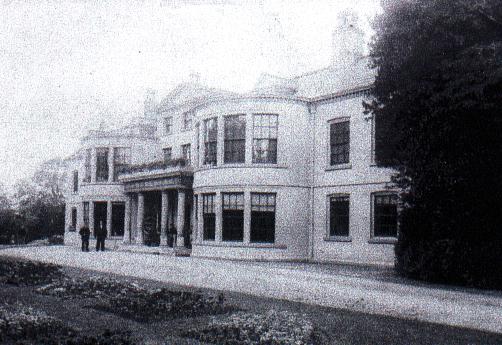
Hanthorpe House was built during the 18th
century although the exact date is not known. It is
generally associated with the Parker family, benefactors to the local
community and particularly to the parish church at Morton, but they were
later owners and not responsible for its construction.
The house was most probably built by the Packe family, a wealthy land
owning dynasty of Prestwould Hall, Leicestershire, descendents of Sir
Christopher Packe who was Lord Mayor of London in 1655 who also served as
a Commissioner of the Customs and Treasurer at War and sat for a short
time in Cromwell's "other parliament" as Lord Packe.
His great great grandson was Charles James Packe who had succeeded to the
family estates on the death of his father in 1735 and subsequently became
High Sheriff for Leicestershire in 1765 and also possessed the entire
lordship of Prestwould where he built Prestwould Hall on the site of the
old manor house. He is also the most likely man responsible for the
construction of Hanthorpe House around 1780-90 which was then occupied by
various members of the family.
At least two were born there, although their relationships are unknown,
Edmund Christopher Packe (1799-1874) and Augustus (later the Rev) Packe
(1805-61).
Charles Packe died on 20th October 1816, aged 90, and was succeeded by the
eldest son, also Charles James Packe, who was living at Hanthorpe by 1803.
He married Penelope (née Dugdale) in 1806 and Hanthorpe then became the
family home.
There was a military tradition in the family, Charles having served for
some time as a lieutenant-colonel in the Leicestershire Militia and his
brother Robert, a cavalry officer, lost his life at the Battle of Waterloo
in 1815. The Lincolnshire, Rutland and Stamford Mercury reported on July
7th that year:
Among the numerous officers of merit and distinction who contributed by
the sacrifice of their lives to the success of the glorious battle of the
18th ultimo [Waterloo] we regret to state that Major Robert Christopher
Packe, of the Royal Horse Guards, fell at the head of his squadron in a
brilliant charge on the French Imperial Guards. Major Packe was brother to
Charles James Packe Esq, of Hanthorpe House, near Bourne, who had a son,
Lieutenant G H Packe, of the 13th Light Dragoons, slightly wounded.
It would seem likely that after inheriting the estates in 1816, Charles
Packe moved back to the family home at Prestwould and Hanthorpe House was
put up for sale and purchased by William Parker, a lawyer and justice of
the peace, who was in residence with his family by 1835 and the household
had become the centre of activity and employment in the vicinity while in
1885, it was described as "a handsome and pleasantly situated mansion".
When Parker died in 1883, ownership passed to his son, also William
Parker, an officer in the Royal South Lincoln Militia who had also served
for many years as commanding officer of the Bourne Company of Volunteers.
The 1891 census, when William was 67, shows that his wife Harriet
Augusta, aged 58, was also living there together with two daughters, Flora
and Katherine, who were both in their twenties, two grandsons, William,
aged 6 and George Marcus, aged 5, and a guest as well as a retinue of
servants including a cook, lady's maid, parlour maid, housemaid, under
housemaid, kitchen maid and nurse. They also employed grooms, footmen,
gamekeepers, gardeners, coachmen and a butler.
William and his wife moved out around 1899 and although Hanthorpe House
remained their property, it was was let out, to Dr Robert Charles Edward
Roby, MD, in 1900 while the tenant in 1913 was Mrs Frances Sykes.
Parker died in 1909, aged 85, and executors took over the running of the
estate that was eventually auctioned in 1911 and included almost 1,500
acres of land, forty houses and various farm buildings, a most sizeable
undertaking. Hanthorpe House was not sold at this time and remained in the
ownership of Mrs Parker but was uninhabited for long periods during and
after the First World War. After she died in December 1922, another
descendant, Geoffrey S Parker, her grandson, had taken up residence by
1937 and was making a living from farming. During the Second World War,
the property was requisitioned by the government for use as a prisoner of
war camp, firstly for Italian and then German captives.
|
Hanthorpe House was finally demolished in 1951,
having become too large to live in and too costly to maintain, and
only the walled garden covering one acre, the coach house and a
couple of estate cottages remain while the actual site of the house
is now a commercial timber yard. |
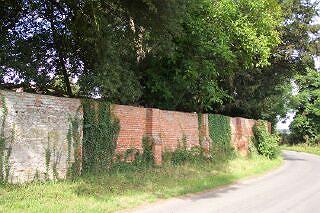 |
|
THE HANTHORPE PHOTO ALBUM |
|
These old photographs have survived, having
been handed down to descendants and dating from the closing years of the
19th and the early years of the 20th centuries, giving a remarkable
insight into the house and the conditions that existed at that time. They were taken during the final years of
William Parker who, together with his wife, Harriet Augusta, appears in several of
them as well as other members of the family, domestic staff and estate workers. |
|
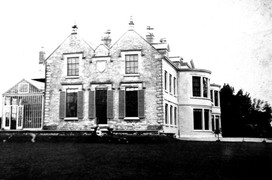 |
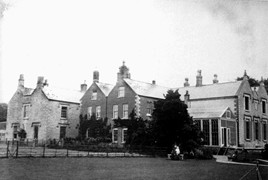 |
|
 |
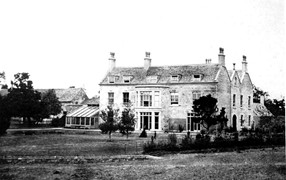 |
|
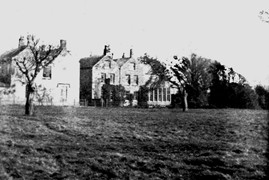 |
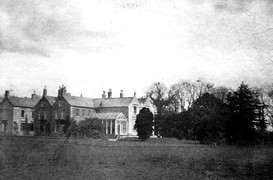 |
|
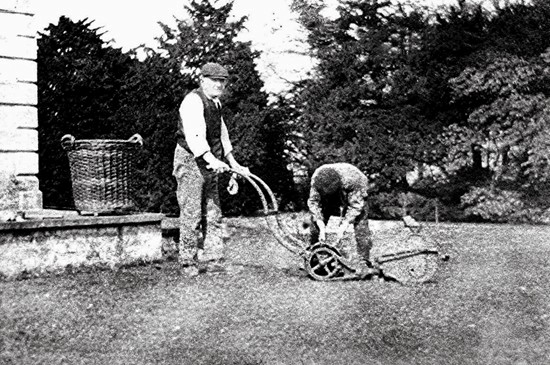 |
|
 |
|
 |
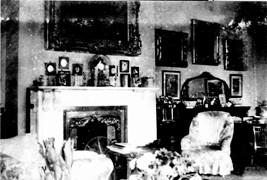 |
|
 |
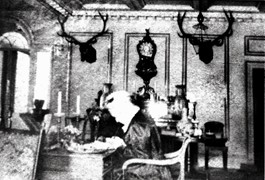 |
|
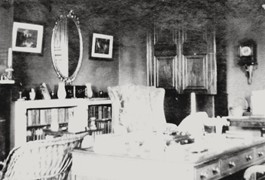 |
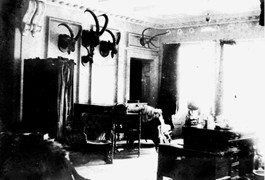 |
|
 |
See also
William
Parker Morton church in past times

Go to:
Main Index Villages
Index
|
















